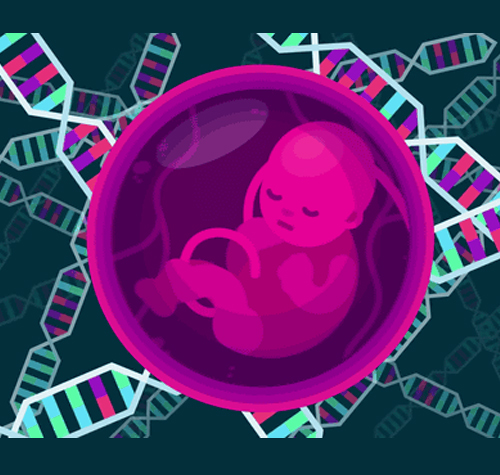
genetic - gene editing
Genetic editing is the process of making changes to the genetic code (DNA). In the case of 'designer babies,' this is done either by removing small sections of the existing genome or by introducing new segments of DNA into the genome.
A new technique, called CRISPR (clustered regularly interspaced short palindromic repeats) has allowed scientists to cheaply and very rapidly alter the genome of almost any organism. In the most common form of CRISPR, an enzyme called Cas-9 is used to cut out selected sections of DNA or add new sections to the existing DNA.
Gene-editing can be performed on both somatic cells and germ (stem) cells, and both these cell types offer very different results.
Somatic cells are those cells that have already differentiated into a specific type of cell, like a liver cell or a lung cell. Changes to these cells only affect the part of the body the cell belongs to, such as the liver or lungs. Any changes to somatic cells cannot be passed on to any offspring.
For this reason, the altering of somatic cells for the treatment of diseases is not generally regarded as controversial.
The problem arises when gene-editing is performed on germ cells. These are the cells of the egg or sperm, which eventually give rise to all the cells in the body. These cells can develop into any type of cell. This means that changes to the germ cells affect not only the child to be, but can also be passed on to future generations.
Germline cell editing is sometimes also referred to as embryo manipulation. Implanting a CRISPR-modified embryo into a human is illegal in some places and even where it is not illegal, it is in contravention of research guidelines, as well as moral and ethical standards.